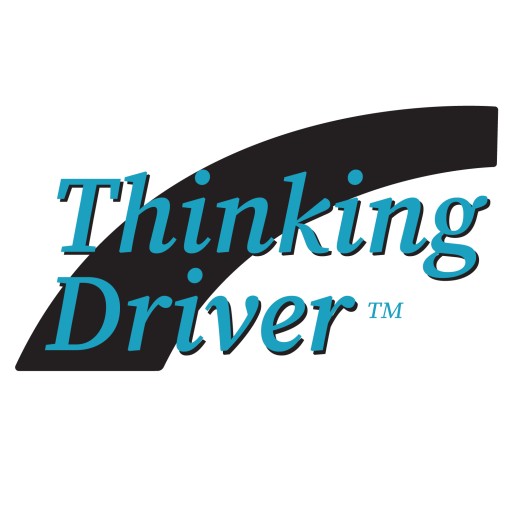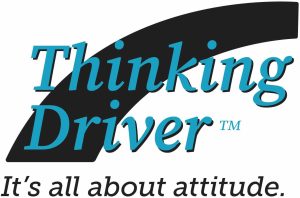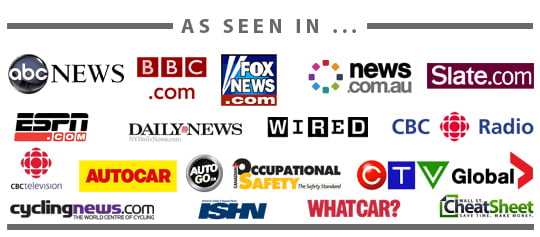Can you predict the future?
I’m not clairvoyant, but I can see into the future and so can you!
The second Thinking Driver Fundamentals is ANTICIPATE HAZARDS. A thinking driver first uses their eyes to look ahead to find out what’s going on up front and then analyzes that information to Anticipate Hazards. Seeing the potential hazard is not enough though. You need to anticipate what might affect you and then do something about it. When you anticipate hazards, you are taking a proactive approach to driving instead of a reactive one where you simply wait until something attracts your attention and demands your immediate action. In essence, you are predicting the future and acting in advance to keep bad things from happening.
Good drivers know what the most common hazards are and what they may do to challenge you.
I was driving home one night on a divided highway and saw an intersection ahead, perhaps half a kilometre away. Suddenly, a car turned from the intersection road into the oncoming lane (my lane) and started up the wrong side of the road straight at me. His headlights were shining right into my face! Not tough to see him, that was for sure, but what was he going to do? How could I anticipate what he would do?
So I’m slowing down as we get closer to each other but there’s still a fair distance to go as he realizes that he’s on the wrong side of the road. He pulls toward the shoulder on my side of the highway, still facing me. I move to the left lane to create a separation between us and have slowed significantly from my original speed of 70 km/h. Surely he sees me, right? WRONG! Just as I was passing him, as he sat on the should facing the wrong way, he decides to U-turn and I clip his driver side front fender as he doesn’t make it all the way around without encroaching on my lane. So did anticipation prevent the incident? Not really, but what it did do was get me out of the right lane and slowed down so that instead of nailing him in the driver’s door, it was a minor damage scrape on his front fender. We all stop in a nearby parking lot to exchange information. He’s 16 with a carload of friends and has only had his license for a couple of weeks. It’s dad’s car and what was his excuse for turning right into my headlights? You guessed it! “I didn’t see you coming.”
There is no telling what people will do but the more you pay attention and try to figure out how to protect yourself, the better chance that you have to avoid conflicts.
- Watch other drivers’ eyes; if you can see them looking at you, there is a reasonable (albeit not guaranteed) chance that they see you. If they are not looking at you, be ready for anything. If there is time, attract their attention with a light tap on the horn.
- Check the front tires of oncoming cars at intersections. That gives you a clue about what they may do. If the front wheels are pre-turned for a left turn across your path, be ready, cover the brake and slow down, you may not be seen.
- Check in and under parked cars. The easiest way to identify pedestrians moving around or between vehicles is to watch for their feet, if you can see all the way under the parked vehicle. Checking for people inside the vehicle will help you anticipate it either moving or a door opening. Exhaust steam in winter or tail lights/brake lights are another clue.
- When you see large vehicles taking up more than one lane or driving in the left lane with a right signal on, ask yourself; is this person just an idiot or is there a good explanation for this vehicle position and signal? Are they going to turn right and needs the space? Heading down the right lane beside them could result in a world of trouble.
There are endless tricks and techniques. You probably already use many more than I’ve mentioned here. The key is to THINK while you look ahead and imagine what might happen. Pretty soon you will be telling your passengers what those other drivers are about to do before they do it and you will be predicting the future too!
Written by: Spencer McDonald, President, Thinking Driver








